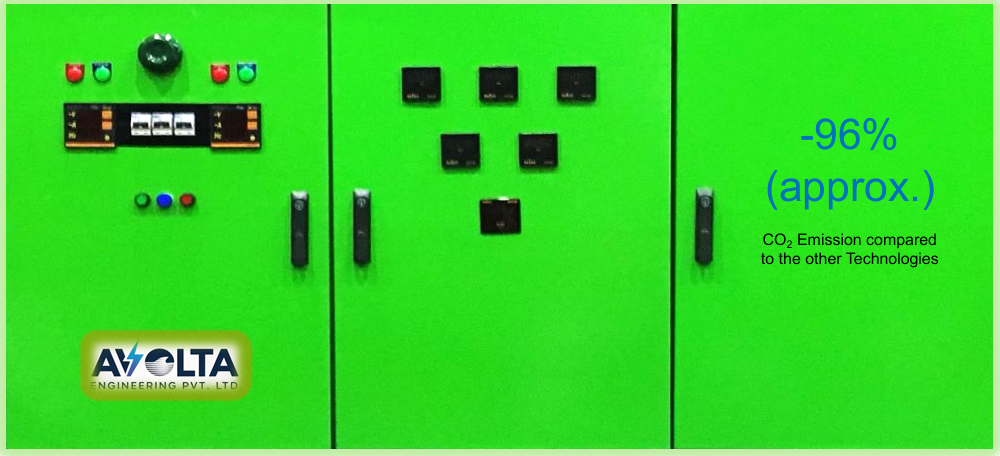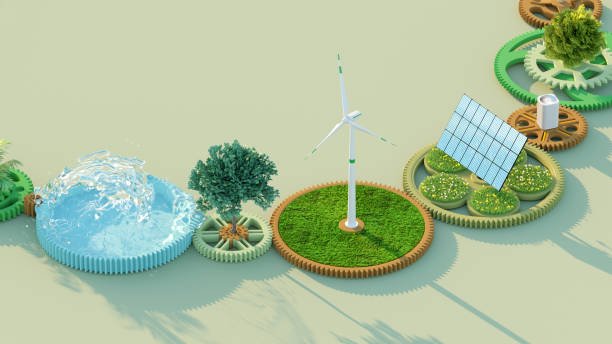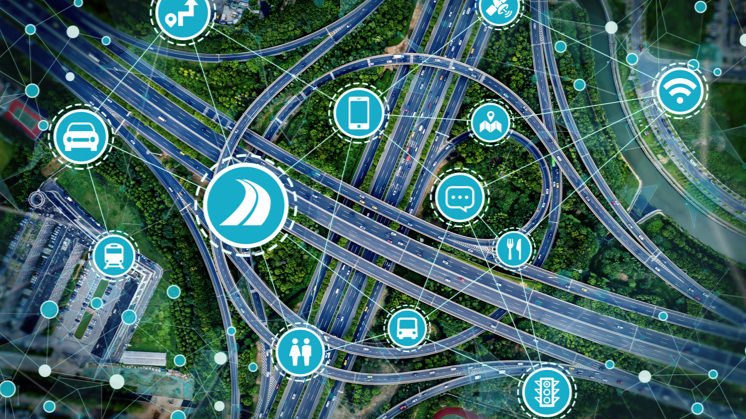
+91-84483 39009, +91-98786 07770
KMEs
A Green Alternative to Power Generations
Avolta® prepares projects in partnership with international organizations of high reputations, Universities, and Research Institutions in order to solve problems of electricity worldwide with the sole objective to reduce carbon footprints at much lower costs than conventional systems

Effects of Weather Conditions
KMEs are not affected with environmental conditions, especially cold or hot weather conditions in any geographical locations.
KME machines operate most efficiently when temperatures are between
10–40°C (50-104°F) due to its materials use
If temperatures get too low or too high (-100C to 800C), then the performance of the machine may get affected.
This is because its software management system (SMS) reduces power to protect the machine when faced with higher or lower temperatures

Benefits of Kinetic Motion Engines
- Reduce Carbon Emission as a Society
- Comfort of Living free from worries
- Charge Homes Anytime Anywhere
- The Future is Kinetic Motion Engines
- KME Adoption Is Only Alternative

Cost Effective Solutions
The first thing you need to know when calculating how much it costs to switch over to KME.The larger machine, the more kWh it can generate, the more you pay, but a fraction of the grid, solar systems, or DG sets.
- How much it costs to charge at home is an easy equation. Simply take your latest energy bill and find the price per kWh you pay at home and multiply it by the energy consumed.
- On average, residential prices for electricity vary from around Rs 2.50 on the low end in villages of India; and Rs 9.50 high end in cities in India.
- This calculation is only meant as an example as it doesn’t take into account the current state of charge
